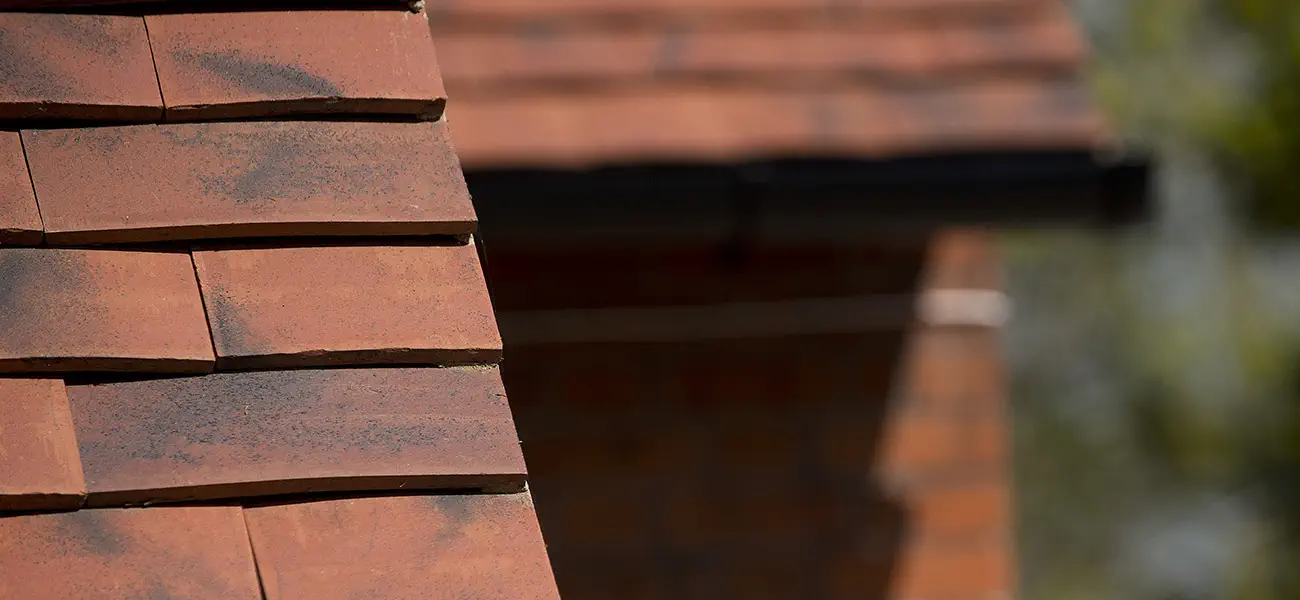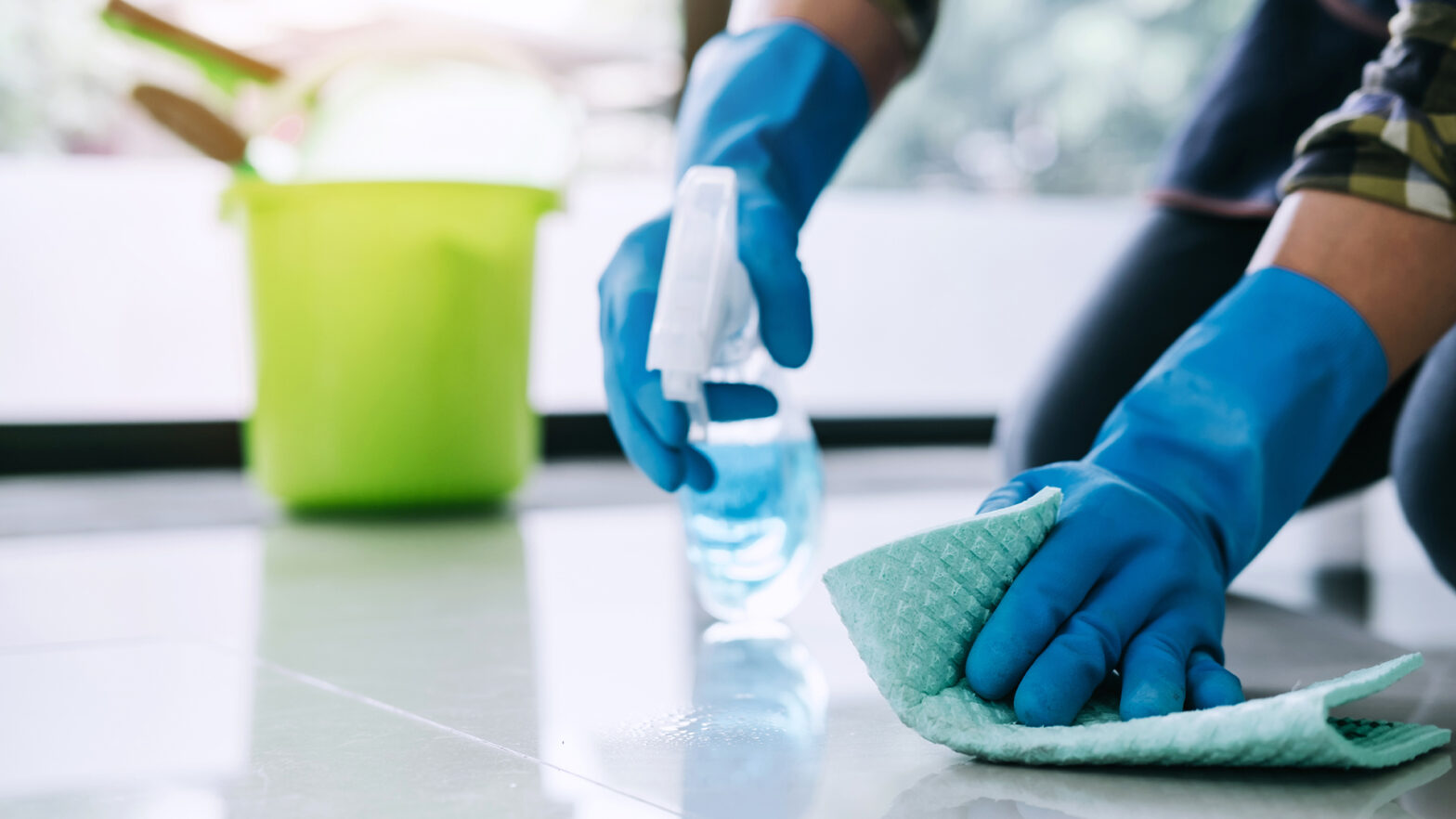Roofing and solar tile experts Marley, are advising homeowners and tenants to make necessary safety precautions ahead of worsening winter weather. October and November saw UK homes battle floods, extreme winds, and heavy rain from Storm Agens, Babet, Ciaran, and Debi. So December is the perfect time to winter-proof your property to avoid costly damage, as the weather worsens throughout the month.
Stuart Nicholson, roof systems director at Marley says: “Every year roofing issues cause damage to properties. Autumn and winter’s concoction of colder temperatures, stormy winds, and heavy rain make for a testing time for roofs. So December is the opportune time to take action before the temperatures significantly drop, and as winter officially begins on 22nd December.
“Many homeowners only think about their home’s exterior when there is an issue and they either need to repair or replace something. Regular maintenance instead and simple seasonal precautions can help spot early signs of damage and prevent falling tiles or costly roof repairs. We are encouraging everyone across the UK to take a five-step winter roof maintenance check in December to help minimise bigger roofing issues, damage, and worse; injuries.”
Five steps to winter-proof your home:
1. Clear roofing obstructions like leaves, debris and moss
The key is to do this before wetter winter weather. Homeowners should ensure leaves and debris are removed from gutters, and that surrounding trees and foliage are trimmed back to avoid any further debris blowing on to the roof. Any large amounts of moss and lichens should be removed as they can affect the flow of rainwater, block tile drainage channels and clog up valleys and gutters. Moss often grows on roofs and structures that don’t receive much sunlight, including those that are north-facing or under trees or are low pitch. If the moss growth is excessive, moss and algae can be removed – ideally by a roofing contractor – by brushing with a soft brush or alternatively by applying a moss removing product with a low pressure wash. Many cleaning firms default to high pressure jet washers for this task, but it’s best to avoid these as they can actually damage the tiles or reduce their overall service life, particularly if repeated often.
2. Visually inspect your roof and tiles externally
Homeowners should visually inspect roof tiles looking for cracks, breaks or other damage. This doesn’t mean getting up on the roof yourself as this would be dangerous for an untrained person. A good tip instead is to take regular pictures from a phone camera at a pavement distance, or binoculars will help you give a closer inspection. What you should be looking out for is anything that looks unusual or out of place such as a slipped or broken tile, a ridge tile missing or dislodged, mortar cracked or missing. Particular attention should be paid to flashings around chimneys or solar arrays ensuring these are dressed down correctly and not flapping or sticking up. Close inspection of valleys for obstructions or broken bits of tiles should also be checked. If you have noticed cracked slate or broken roof tiles on the floor around your property, seek immediate help as the surrounding loose tiles will only weaken in the winter weather, and they pose risk to passing pedestrians and parked cars.
3. Check the attic to identify any internal problems
This is a great time of year to check the roof internally, when popping into the loft to switch around seasonal home accessories! Look at rafters, underlay, loft boards and insulation for signs of water and dampness as this may indicate a dampness problem. Going into the attic on a bright day is best as this will help you spot obvious cracks and gaps by eye too. Check roofing underlay for any rips, tears or holes and repair them with a suitable repair tape, the underlay provides a second line of defence against any water ingress. Any dampness of the insulation or wet boxes in the loft could be caused by water ingress, a leak, or it could equally have been caused by condensation.
4. Look for roof condensation and keep eaves clear for ventilation
Dampness in the roof space is often caused by condensation especially at this time of the year when the heating gets switched on. The warm air from the house meets the cold air in the roof space and forms condensation, usually as it hits the cold roofing membrane. Ordinarily this is fine as the ventilation in the loft will dry out membrane before it becomes a problem, however if it is excessive or the ventilation paths are blocked this moisture will drip on to the insulation or anything stored in the loft space. To stop this occurring, ensure that the ventilation paths at the eaves are not obstructed. Excessive storage can also block ventilation so try to keep the boxes to a minimum. You should be able to feel the air entering the loft, and this ventilation will soon dry any condensation.
Other tricks include; checking the seal on your loft hatch is sufficient, and that any holes from pipes, cables or lights are tightly sealed off to stop the heat rising into the loft.
5. Health-check solar tiles or panels
Consumer demand is definitely showing a shift more towards solar tile solutions – particularly as energy costs remain a concern – and we’re installing more solar tiles at Marley than ever before. During installation of new solar tiles, it is a good time to get a professional to thoroughly check your roof.
Existing solar installations should be checked in winter to ensure panels are clear of debris and foreign matter which can affect performance, and check there are no signs of visible damage or degradation. Consider updating very old or outdated solar solutions to ensure full efficiency and property safety.
Stuart concludes: “If you notice any problems during the winter roof check, take steps to address the issue as soon as possible. If left, it will only worsen as the icy, cold and windy weather approaches. In most cases, it’s best to enlist the help of a professional roofing expert, as they will have the tools and knowledge to carry out the work safely and to a high standard, and ensure your roof will weather the stormy season.”


































